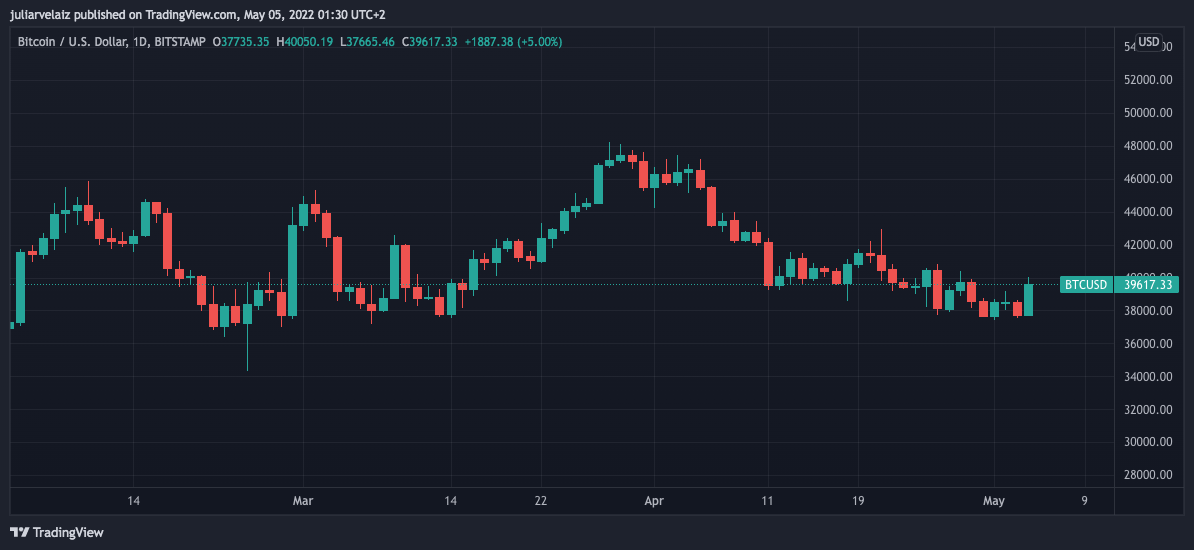
Bitcoin, Hash Rate, And Price
The Hash Rate is the Bitcoin network’s measuring unit of the computational power and speed used to carry on the mathematical operations that confirm and process transactions on the blockchain. For this reason, the Hash Rate can reflect the global activity of bitcoin mining, increasing or decreasing side by side. The price of Bitcoin and the measure of the Hash Rate are believed to be related. The higher the Hash Rate, the healthier and more secure the network is, and this can lead to an increase in price. However, this is not a guarantee because macroeconomic uncertainty is an important factor that could dominate the future of its trading value.Hash Rate And Difficulty Going Up At The Same Time
Just one week ago, Bitcoin difficulty hit an all-time high of 29.79 trillion after reaching block height 733,824. As the latest Arcane Research weekly report notes, the algorithm did this difficulty adjustment in order to lower the block production to the desired level, and now it has never been as difficult to mine bitcoin. The difficulty was expected to drop 0.07% around next week during the next adjustment. However, the same Arcane report notes that this increase in difficulty has not been an obstacle to a rise in the new hashrate coming online. This means that the next adjustment could rather turn into another increase, “pushing the difficulty even further upwards.”Related Reading | Bitcoin Hashrate Swells 15% Since Last Week As Analysts Expect Mining Difficulty To Increase


“Bitcoin transaction fees have been minuscule since the summer of 2021, only making up around 1% of miner revenues, while the rest comes from the block subsidy,” Arcane Research explains, adding that Ether miners find higher profitability because of the elevated gas fees, although their earnings are also more volatile.
Related Reading | Bitcoin Could See 10% Jump, As Volatility Drops To 18-Month Low











